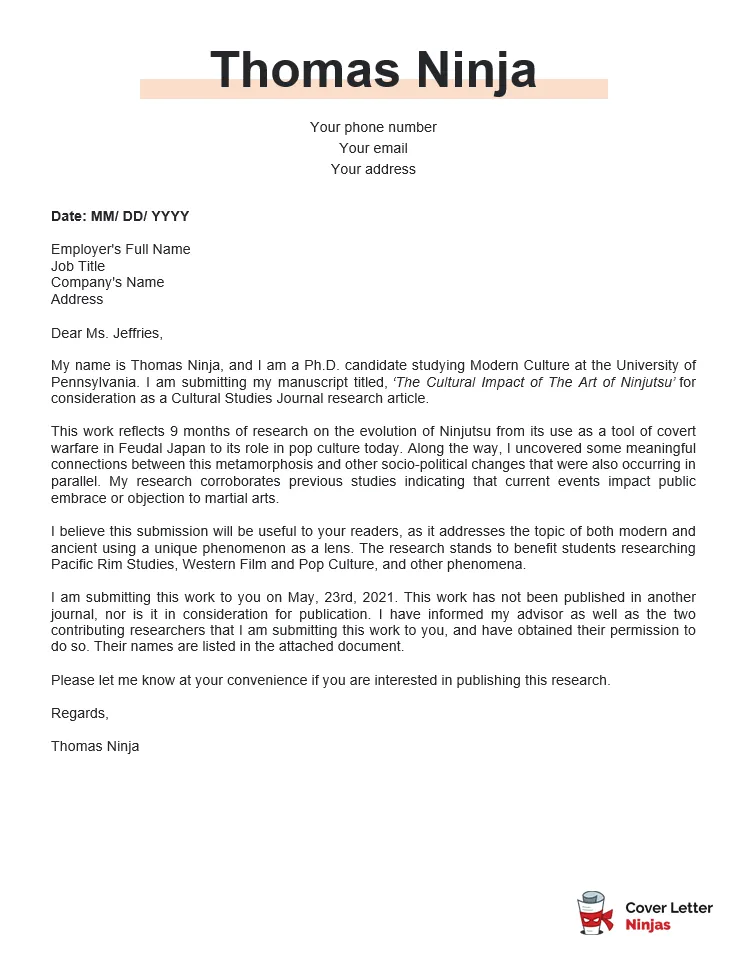Understanding the Manuscript Submission Cover Letter
The cover letter is your first formal introduction to the editor and a crucial component of any manuscript submission. It serves as a concise summary of your research and a persuasive argument for why your work should be considered for publication. Think of it as your sales pitch to the editor, setting the tone for their review of your manuscript. A well-crafted cover letter can significantly increase your chances of a positive initial impression, making it easier for the editor to engage with your work. Neglecting this aspect can, unfortunately, lead to rejection, even if the manuscript is of high quality. Therefore, investing time in crafting a compelling and professionally written cover letter is paramount in the manuscript submission process.
Key Components of a Manuscript Submission Cover Letter
A successful cover letter incorporates several essential elements, each playing a specific role in conveying the value and suitability of your manuscript. These components work in harmony to provide the editor with a comprehensive understanding of your work’s context, significance, and alignment with the journal’s scope. The key parts include clear identification, an engaging summary of your research, a justification for why the journal is an ideal fit, and critical details about the originality and potential conflicts of interest associated with your work. Each of these segments should be meticulously drafted to maximize the impact and clarity of your message. It is the summation of these parts that will greatly impact the editor’s initial judgment of your manuscript.
Author Information and Contact Details
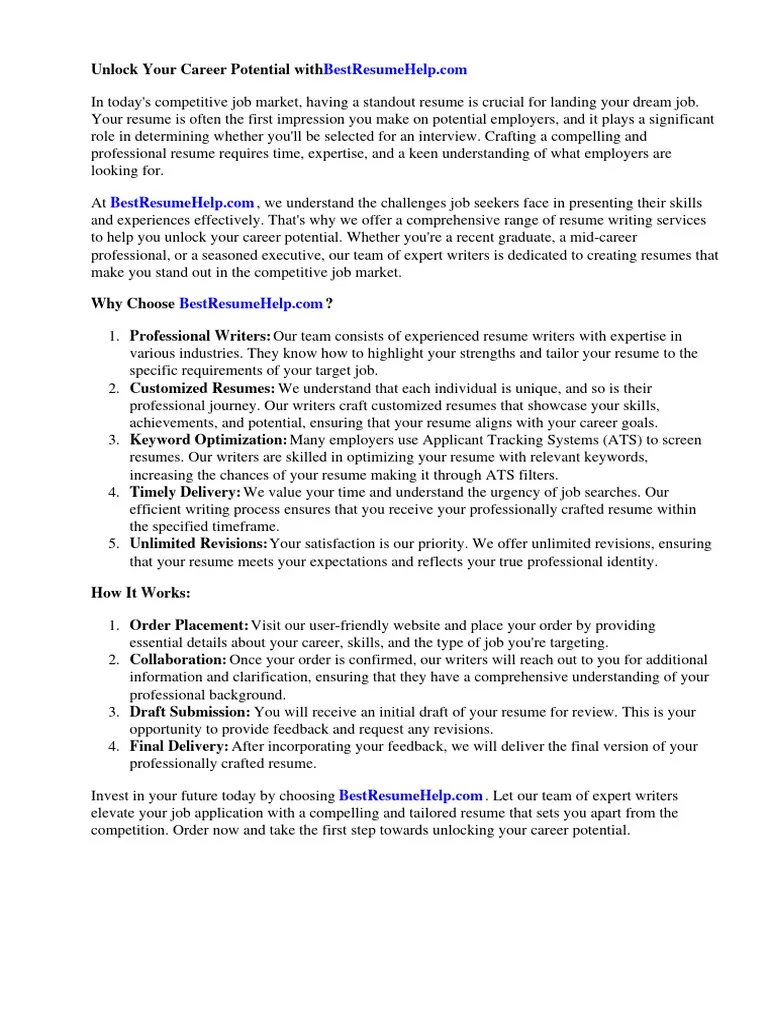
Begin with your professional information, including your full name, affiliation (university, research institution), and contact details (email, phone number). This ensures the editor can easily reach you for any questions or further information. Be sure to use a professional email address, and double-check that all contact information is accurate and up-to-date. It is also useful to include the corresponding author’s details if it differs from the first author. A well-organized header sets a professional tone and makes it easier for the editorial team to manage communication efficiently, which is a key factor in establishing a positive relationship from the start of the manuscript submission process. A clear and concise header is a sign of professionalism and respect for the editor’s time.
Manuscript Title and Type
Clearly state the full title of your manuscript and specify the type of article (e.g., original research, review article, case study). This ensures the editor immediately understands the content and format of your submission. Match the title exactly as it appears in the manuscript to avoid any confusion. If the journal has specific categories for article types, make sure to specify the relevant one. Providing this information upfront helps the editor quickly categorize your submission and route it to the appropriate reviewers. The accuracy and clarity of this part are foundational to efficient processing and evaluation of your work.
Brief Summary of the Manuscript
Provide a brief, compelling summary (typically 150-200 words) of your manuscript. This should include the research question, the methods used, the key findings, and the main conclusions. Focus on the novelty and significance of your work, highlighting what makes your research stand out. Use concise, impactful language to capture the editor’s attention and encourage them to read the full manuscript. This section is your opportunity to hook the editor and convince them of the importance of your contribution to the field. The summary must be clear, concise, and engaging, reflecting the value of your work in a limited space. Avoid jargon that is not essential for the reader.
Highlighting the Manuscript’s Significance
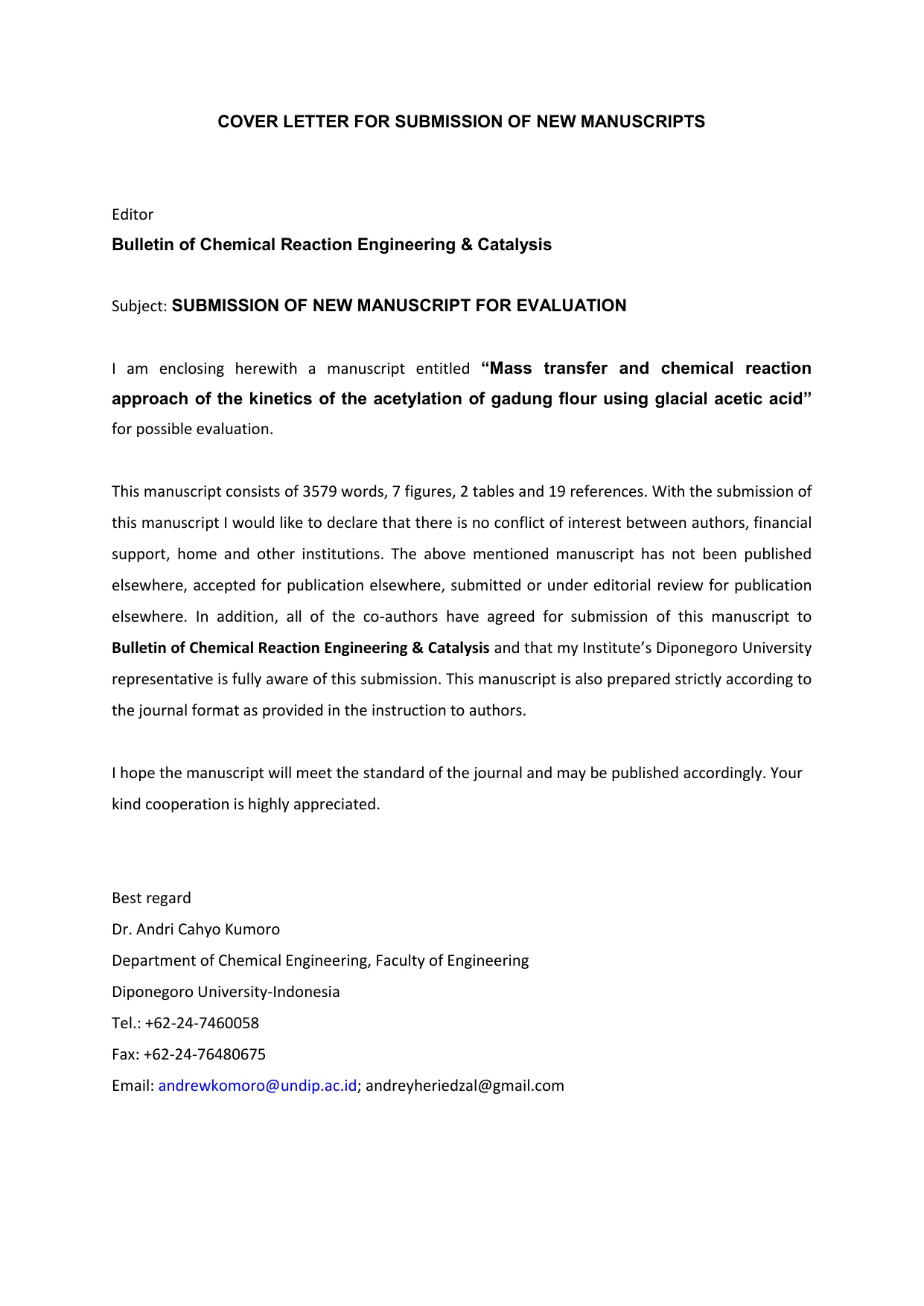
In this section, articulate the significance of your findings and their implications for the field. Explain how your research contributes new knowledge, addresses gaps in existing literature, or offers practical applications. Emphasize the impact of your work and why it is relevant to the journal’s readership. Consider mentioning any key advances or innovations presented in your manuscript. Demonstrating the significance of your research is crucial to persuade the editor that your work merits publication. Clearly articulate the potential impact of your work, ensuring that the editor understands the value of your contribution to the scientific or scholarly discourse. This is a critical step to convincing the editor of your manuscript’s importance.
Target Journal or Publisher Justification
Explain why you chose this specific journal or publisher for your manuscript. Briefly describe how your research aligns with the journal’s scope, aims, and target audience. Cite specific articles published in the journal that are similar to your work to demonstrate that you are familiar with the journal’s focus. This section shows the editor that you have done your homework and are not simply sending your manuscript to any journal. Tailoring your letter to the specific journal’s guidelines and style is paramount to convince the editor that your work aligns with their standards. It is essential to highlight how your research fits within the journal’s existing portfolio of published content to showcase a proper understanding of the journal’s goals.
Relevant Keywords and Subject Areas
List the relevant keywords and subject areas associated with your manuscript. This helps the editor and reviewers understand the scope of your research and facilitates the peer-review process. Choose keywords that accurately reflect the main topics and themes of your work. These keywords aid in indexing your article and ensuring it is discoverable by researchers searching in relevant databases. The proper selection of keywords is crucial for the discoverability and future impact of your published article, as it will help readers find your work through various online searches. Include these keywords to maximize the chances of your work being read by those working in similar areas.
Declaration of Originality and Conflicts of Interest
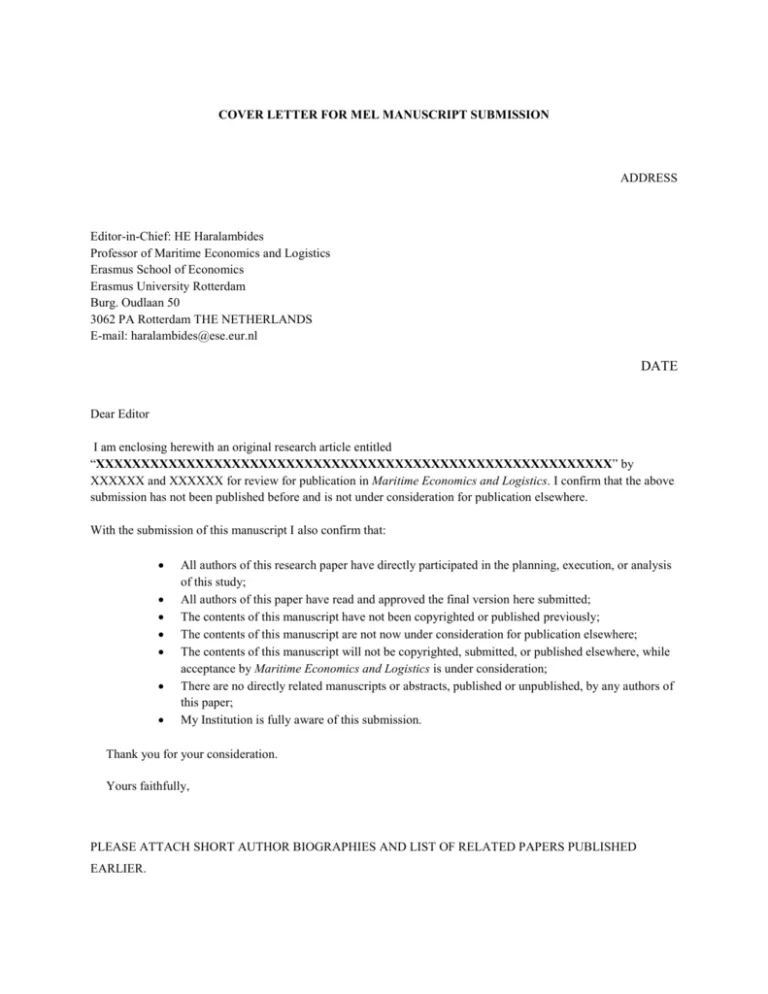
Include a statement confirming that your manuscript is original, has not been published elsewhere, and is not currently under consideration by another journal. Disclose any potential conflicts of interest (financial, personal, or professional) that could influence the interpretation of your findings. Transparency is essential for maintaining the integrity of the publication process. If there are no conflicts of interest, clearly state this. This ensures ethical standards are maintained throughout the publication process. Full disclosure builds trust between the authors, the journal, and the readers and shows you are committed to the integrity of scientific publishing.
Acknowledgements and Permissions
Acknowledge any individuals or institutions that provided support, funding, or other assistance with your research. If your manuscript includes copyrighted material (e.g., figures, tables) from another source, state that you have obtained the necessary permissions for its use. This demonstrates compliance with copyright laws and professional ethics. Ensure proper attribution for all sources and secure all required approvals before submission. Proper attribution and permissions are vital for respecting intellectual property rights and avoiding potential legal or ethical issues. This section ensures that all contributions are recognized and that the manuscript is compliant with all relevant legal and ethical guidelines.
Closing the Cover Letter
Conclude your cover letter with a polite closing, such as “Sincerely” or “Respectfully.” Include your full name and title. If you have any additional information that might be helpful to the editor, feel free to include it here. Thank the editor for their time and consideration. Express your anticipation of a positive response. This concluding section should reinforce your professionalism and make a positive final impression. A well-crafted closing shows courtesy and respect, reinforcing your dedication to publishing your research in this journal.
Formatting and Style Guidelines
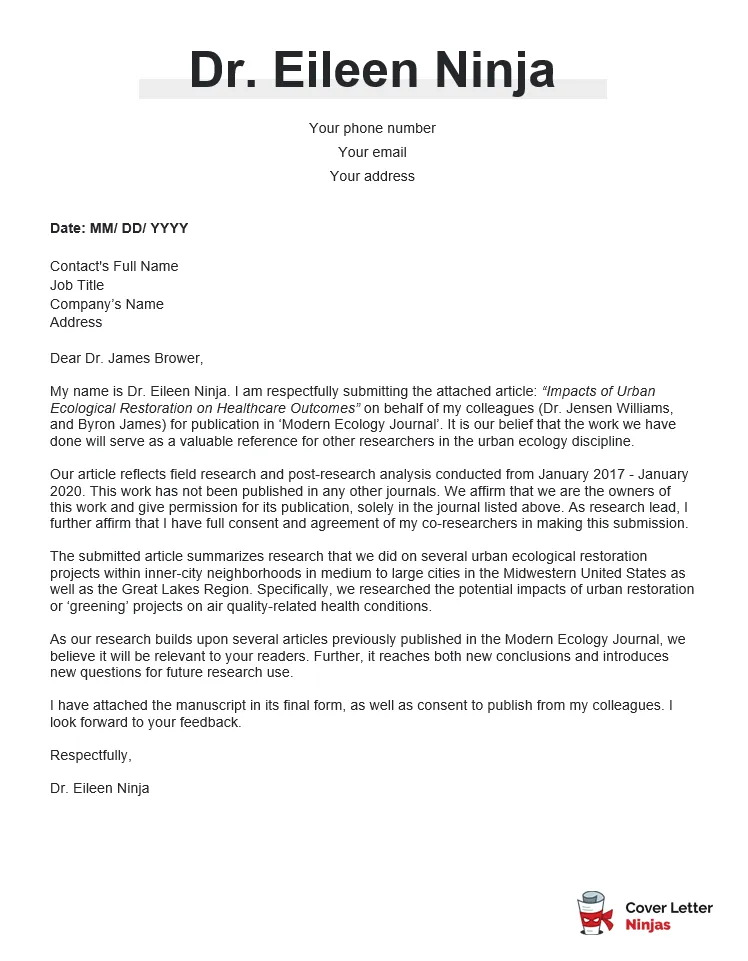
Adhere strictly to the journal’s formatting guidelines. Review the journal’s website or instructions for authors for specific requirements regarding font, margins, spacing, and overall document structure. Ensure your cover letter is well-organized, easy to read, and free of grammatical errors and typos. Use a professional tone and avoid overly casual language. Tailor your writing style to match the journal’s specific preferences. Paying close attention to these formatting details helps make your cover letter as professional as your research itself. Proofreading is essential. A well-formatted cover letter demonstrates your professionalism, attention to detail, and respect for the journal’s standards.
Proofreading and Editing the Cover Letter
Before submitting your cover letter, carefully proofread it for any errors in grammar, spelling, or punctuation. Consider having a colleague or mentor review it as a second pair of eyes can often catch mistakes that you might miss. Ensure the language is clear, concise, and professional. Make sure all the information is accurate and up-to-date. A polished cover letter reflects your commitment to quality and professionalism. A well-edited cover letter leaves a positive impression and significantly enhances your chances of acceptance. Thorough proofreading and editing are essential steps in the manuscript submission process to ensure your work is presented at its best.
